Beginning with the U.S.-focused National Adult Literacy Survey in 1992, population assessments of the literacy skills found among adults have increasingly underscored that gaps exist between the skills adults have and the demands imposed on them by their environments. From early on, these findings have attracted attention from actors within the public health and health care sectors, who have recognized the potential implications of this mismatch for health outcomes. A unique attribute of adult literacy population assessments that makes their findings particularly applicable to the field of health literacy is that they examine how people use materials found in everyday life in order to accomplish everyday tasks. For example, the 2003 National Assessment of Adult Literacy (NAAL) assessed individuals’ ability to perform tasks such as reading drug and food labels and filling out patient information forms at doctors’ office. The methodology used in these assessments calls for rating all materials for both their levels of complexity an their levels of difficulty. This is explained by Irwin Kirsch in his monograph “The International Adult Literacy Survey (IALS): Understanding What Was Measured.” A link to this resource is provided at the bottom of this page.
As this field of study has developed over the past few decades, adult literacy population assessments have become more comprehensive. Collaborations between OECD countries have allowed for the production of international population assessments that compare the literacy skills of adult populations living in different countries. In addition, adult literacy population assessments have also been adapted to account for changes to the literacy demands placed on individuals by their environments as new technologies emerge and modern economies involve.
Key adult literacy population assessments are included below, with the most recent assessments listed at the top. For each assessment, the full report is listed first, with subsequent analyses, such as those performed for specific countries or population groups included below.
Program for the International Assessment of Adult Competencies (PIAAC) Findings
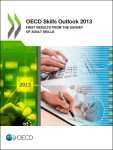
OECD Skills Outlook 2013: First Results from the Survey of Adult Skills
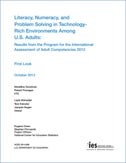
Literacy, Numeracy, and Problem Solving in Technology-Rich Environments Among U.S. Adults: Results from the Program for the International Assessment of Adult Competencies 2012
National Assessment of Adult Literacy (NAAL) Findings
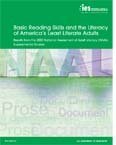
The 2003 National Assessment of Adult Literacy
Adult Literacy and Life Skills Survey (ALLS) Findings
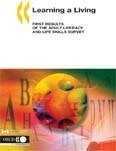
Learning a Living: First Results of the Adult Literacy and Life Skills Survey
International Adult Literacy Survey (IALS) Findings
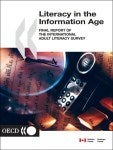
Literacy in the InforIALS covermation Age: Final Report of the International Adult Literacy Survey (IALS)
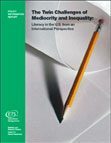
The Twin Challenges of Mediocrity and Inequality: Literacy in the U.S. from an International Perspective
National Adult Literacy Survey (NALS) Findings
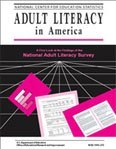
Adult Literacy in America: The First Look at the Results of the National Adult Literacy Survey (NALS)
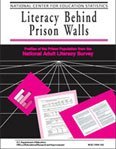
Literacy Behind Prison Walls
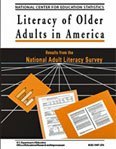
Literacy of Older Adults in America: Results from the National Adult Literacy Survey
Methodology
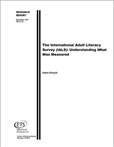
The International Adult Literacy Survey (IALS): Understanding What Was Measured



